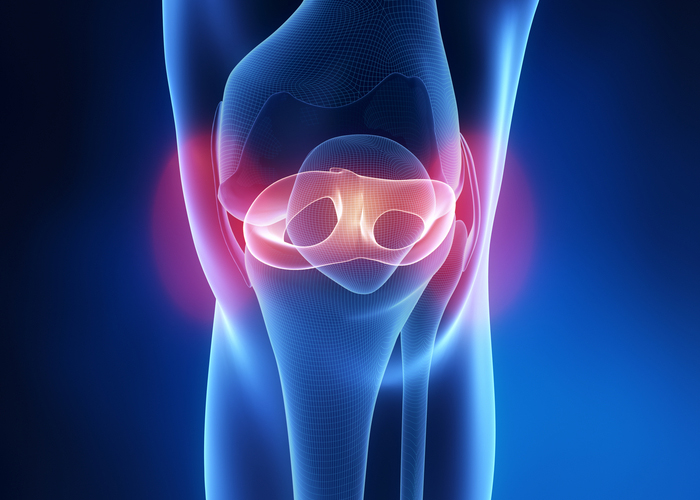A meniscus tear refers to a tear or injury to the meniscus, which is a C-shaped piece of cartilage located in the knee joint. The knee has two menisci, one on the inner side (medial meniscus) and one onx the outer side (lateral meniscus). The menisci serve as shock absorbers and provide stability to the knee joint.
Meniscus tears can vary in location, size, and configuration. Common types of meniscus tears include:

Meniscus tears commonly occur due to a combination of factors, including sudden twisting or rotating movements of the knee while bearing weight. Meniscus tears can result from sports activities, especially those involving pivoting, twisting, or direct trauma to the knee. Degenerative changes associated with aging can also make the menisci more prone to tears.
Individuals with a meniscus tear may experience symptoms such as pain, swelling, stiffness, a catching or locking sensation in the knee, difficulty fully extending or flexing the knee, and instability or a feeling of the knee giving way.
Physical examination involves assessing the range of motion, stability, and specific tests to check for meniscus integrity. Imaging tests such as MRI (Magnetic Resonance Imaging) may be used to confirm the diagnosis and evaluate the location and extent of the tear.
The management of a meniscus tear depends on various factors, including the location, size, and configuration of the tear, as well as the individual's age, activity level, and associated knee injuries.
Rehabilitation is an important part of the recovery process after a meniscus tear, whether treated non-surgically or surgically. Physical therapy is focused on reducing pain, restoring knee range of motion, improving strength, stability, and function of the knee, and gradually returning to normal activities and sports.